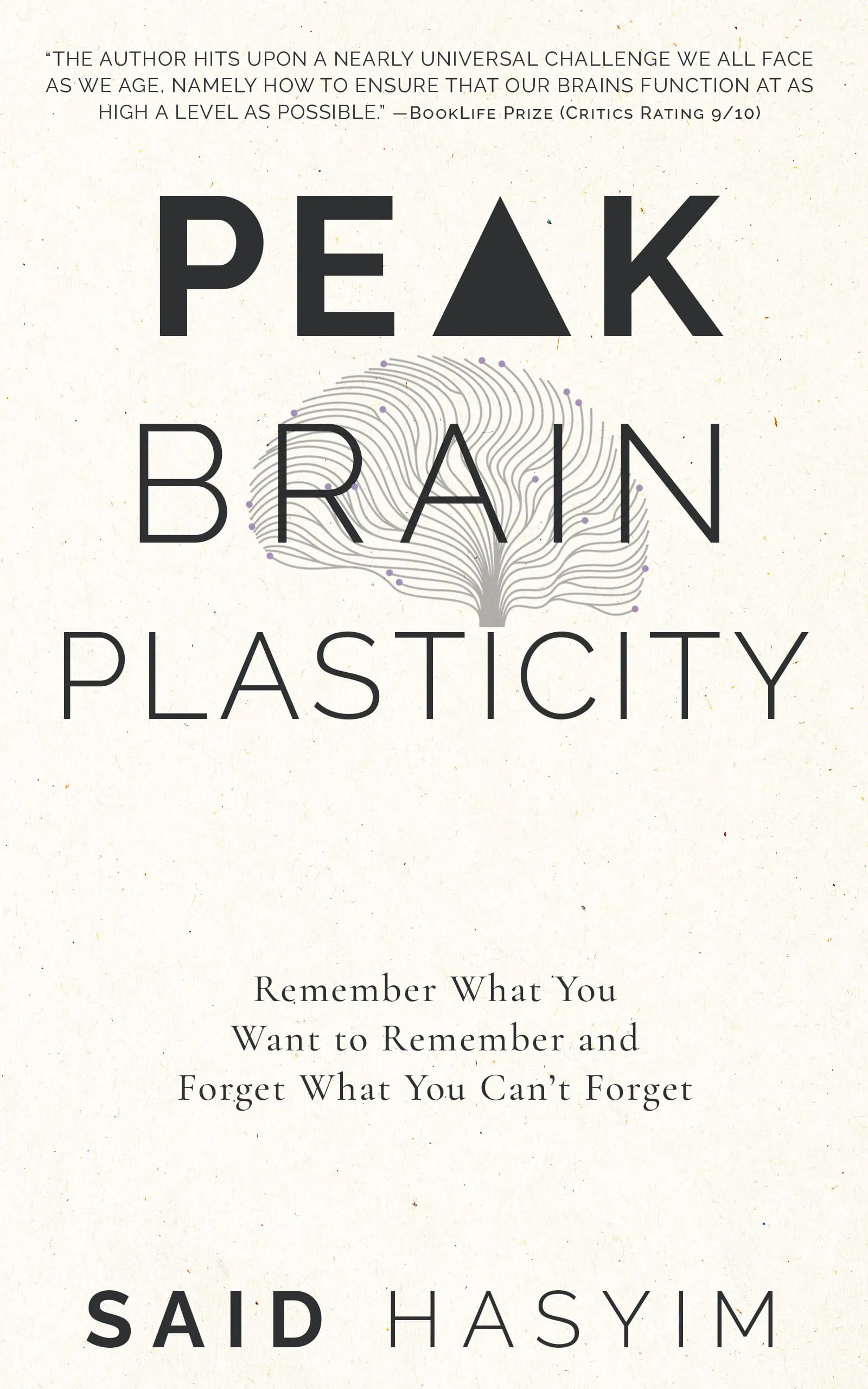How Language Learning Affects Brain Adaptation
Language is a unique characteristic of human beings that allows us to communicate thoughts, express emotions, and convey complex ideas. It serves as a bridge connecting cultures and communities. In recent years, researchers have delved deeply into how learning a new language impacts our brains, revealing fascinating insights into brain adaptation. This blog post will explore the various ways language learning influences cognitive processes, neural structure, and overall brain adaptability.
The Language Learning Process
When we embark on the journey of learning a new language, we engage in a complex cognitive process that involves multiple facets, such as vocabulary acquisition, grammar comprehension, pronunciation, and even cultural nuances. This process activates various regions of the brain, leading to structural and functional changes.
Neuroplasticity: The Brain's Adaptability
At the core of language learning's effects on the brain is the concept of neuroplasticity—the brain's remarkable ability to reorganize itself by forming new neural connections throughout life. This adaptability allows us to learn new skills, recover from injuries, and adjust to new environments.
When we learn a new language, our brains are challenged in unprecedented ways. Initially, focusing on new sounds, grammatical rules, and vocabulary exercises may seem overwhelming. However, with practice and persistence, the brain begins to adapt:
Creation of New Pathways: As learners engage in repetitive practice, new neural pathways are formed, making the retrieval of language easier and more efficient over time.
Myelination: Frequent use of these pathways leads to myelination, a process that enhances the speed and efficiency of electrical impulses in the brain. In language learning, this allows for faster processing of language.
Structural Changes: Neuroimaging studies have shown that bilingual individuals often have larger gray matter volume in certain areas of the brain, particularly those associated with language processing, such as the left inferior parietal cortex and the anterior cingulate cortex.
Cognitive Benefits of Bilingualism
Learning a second language goes beyond simply acquiring new vocabulary; it offers a plethora of cognitive benefits that arise from enhancing brain adaptation. Here are some remarkable advantages:
Enhanced Cognitive Flexibility
Bilingual individuals exhibit better cognitive flexibility, allowing them to switch between tasks and thoughts more efficiently. This adaptability is beneficial in daily activities and problem-solving situations, as learners develop the capacity to view situations from multiple perspectives.
Improved Executive Function
Executive functions are a set of cognitive processes that include attention control, inhibition, and working memory. Studies suggest that language learners often have better executive functions due to their experience in managing multiple languages. This translates into improved focus, multitasking capabilities, and decision-making skills.
Delayed Onset of Dementia
Research indicates that bilingualism may delay the onset of dementia and Alzheimer’s disease. The mental exercise of managing two (or more) languages creates a "cognitive reserve" that offers protection against age-related cognitive decline. This suggests that lifelong language learning could play a vital role in maintaining brain health.
Emotional and Social Aspects of Language Learning
Language is not merely an academic endeavor; it also encompasses emotional and social dimensions. Engaging with a new language can enhance emotional intelligence and cultural awareness:
Increased Empathy
Language learning often involves diving into the culture associated with the language. By understanding different perspectives, learners develop greater empathy, fostering a deeper connection with others. This emotional growth is a crucial aspect of overall brain adaptation.
Strengthening Social Bonds
Being able to communicate in multiple languages allows individuals to interact more effectively with diverse groups of people. This not only broadens social networks but also creates opportunities for collaboration and exchange of ideas. Social connectivity and support, in turn, benefit mental health and cognitive resilience.
Practical Strategies for Language Learning
As we explore the profound effects of language learning on brain adaptation, it’s essential to consider practical strategies that can enhance this process:
Consistent Practice: Regular engagement is key to forming new neural pathways. Whether through speaking, reading, or writing, consistency helps solidify language skills.
Immersive Experiences: Surrounding oneself with the language—through travel, media, or conversation—promotes active learning and reinforces neural connections.
Games and Technology: Utilizing apps and language games can make learning enjoyable and engaging, fostering a positive attitude towards the language acquisition process.
Cultural Integration: Embrace cultural elements tied to the language. Engaging with native speakers, cooking traditional dishes, or exploring music can enrich the learning experience.
Mindfulness and Patience: Language learning is a journey that can be challenging. Cultivating mindfulness and patience with oneself can mitigate stress and enhance the learning process.
Conclusion
Inspiration and motivation can be drawn from the profound effects of language learning on brain adaptation. Not only does it enhance cognitive skills and deepen cultural understanding, but it also strengthens the resilience of our mind. As we adapt our brains to new languages and perspectives, we pave the way for lifelong learning, emotional growth, and social connectivity.
So, whether you’re a seasoned polyglot or just starting your language acquisition journey, remember that every step contributes to remarkable changes in your brain. Embrace the challenge, and celebrate the immense potential within each new word learned!
References
While specific studies are not cited in this blog, interested readers might explore academic papers on neuroplasticity, bilingualism, and cognitive science for more in-depth information on the topics discussed.
Harness the Power of Neuroplasticity
Discover Peak Brain Plasticity, a practical book to harnessing neuroplasticity. Enhance your memory, learn new languages quickly, and alleviate anxiety with effective study methods. Uncover daily habits that impact cognitive health and explore techniques for accelerated learning and memory retention. Unlock your brain's potential for growth and transformation.
